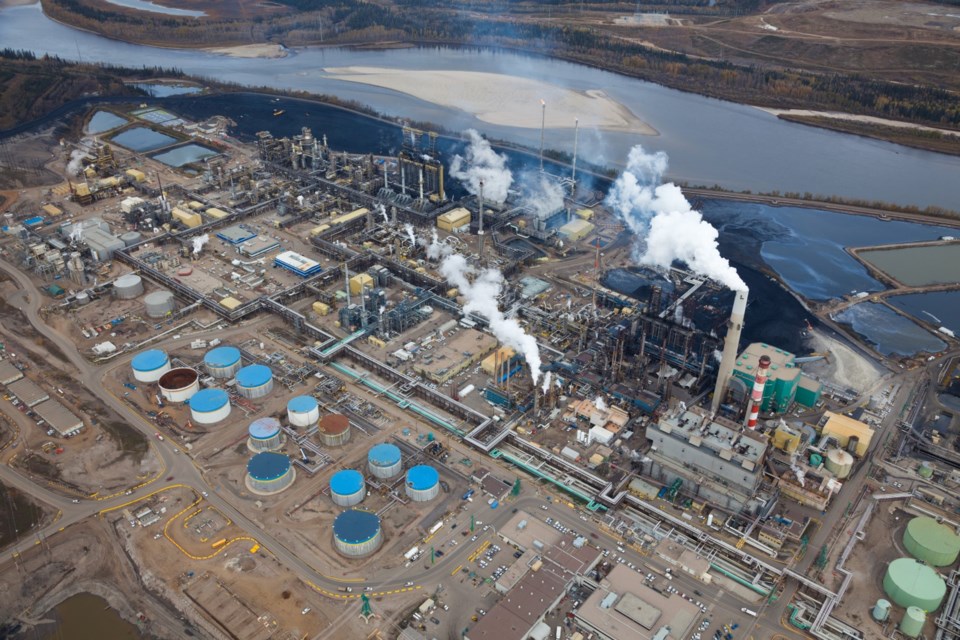A tonne is a tonne is a tonne.
Whether emitted by an oilsands mine in Fort McMurray, an auto plant in Oshawa, or a private jet manufacturer in Montreal, a tonne of CO2 emitted into the atmosphere has the exact same effect on our climate.
And yet, if federal Environment Minister Steven Guilbeault’s latest scheme goes forward, the first of these will be subject to new stringent federal legislation. At the same time, the latter two will remain untouched.
That’s because, back in July, Ottawa announced its plans to cap greenhouse gas emissions stemming specifically from oil and gas production by 2030 at levels 40 per cent below what they were in 2005.
We’ll spare you all the math, but given the expected growth in global demand, what’s 小蓝视频 asked of our energy industry would amount to a reduction over the next seven years.
To achieve this, the industry has two options.
It can find a way, and fast, to cut per-barrel emissions by nearly half.
Or it can cut production by nearly half – along with jobs, government revenues, etc.
The good news is energy producers have proven they are quite good at cutting emissions intensity. Producing one barrel of oil from Canadian oilsands emits less greenhouse gas than it did in 1990.
Producers are becoming greener and more efficient, and they will certainly keep investing resources in that direction in the future.
Unfortunately, it’s unlikely they’ll achieve a greater reduction in intensity in the next seven years than they did over the past 30. A more realistic assumption would be for improvement to continue at the same rate it has in the past, which would result in a reduction in per-barrel emissions by 2030 – which, in itself, is no mean feat.
But that still leaves the industry far short of the target the bureaucrats and politicians working in Ottawa’s office towers are asking it to reach. This would leave it no choice but to cut production to compensate for the shortfall.
The impact on Canada’s economy would be very real. Based on how much Ottawa believes a barrel of oil would bring in by 2030, we’re talking about a direct hit to the Canadian economy in that year alone, resulting from this single new piece of legislation.
And to be clear, this isn’t the only set of regulations that applies to this industry. Yet another layer would be added on top of Ottawa’s extensive , carbon tax, rules, and a flurry of other environmental regulations.
While the hit to the Canadian economy is quite clear, the impact on our climate isn’t.
Canada’s oil industry is, first and foremost, an export-oriented one. We are the oil-producing nation in the world, with the 39th-largest population.
And while our level of economic development, vast expanses of land and cold winters mean we consume more energy per person than other nations, we produce much more than what we need here.
That’s why we export the rest, including around of our oil, to other nations around the world.
In such a global market, the main impact of cutting domestic Canadian production will be to export production elsewhere. Russia, for instance, would have few qualms about increasing its oil production in response to Ottawa’s decision to wind down ours.
Nor would it be alone. Iran, Venezuela and other producers with far less stringent environmental regulations would likely be happy to take up any market share our domestic producers were forced to forego due to Ottawa’s policies.
There is, therefore, a very real risk that any regulation forcing a drop in production here would lead to greater environmental damage, since Ottawa’s legislation does nothing to curb global demand.
Basically, by capping our oil and gas sector’s emissions, Ottawa risks killing the golden goose while getting nothing in return. If anything, this measure looks more like ideological obstinacy than evidence-based policy-making.
Olivier Rancourt is an Economist at the Montreal Economic Institute and the co-author of .




